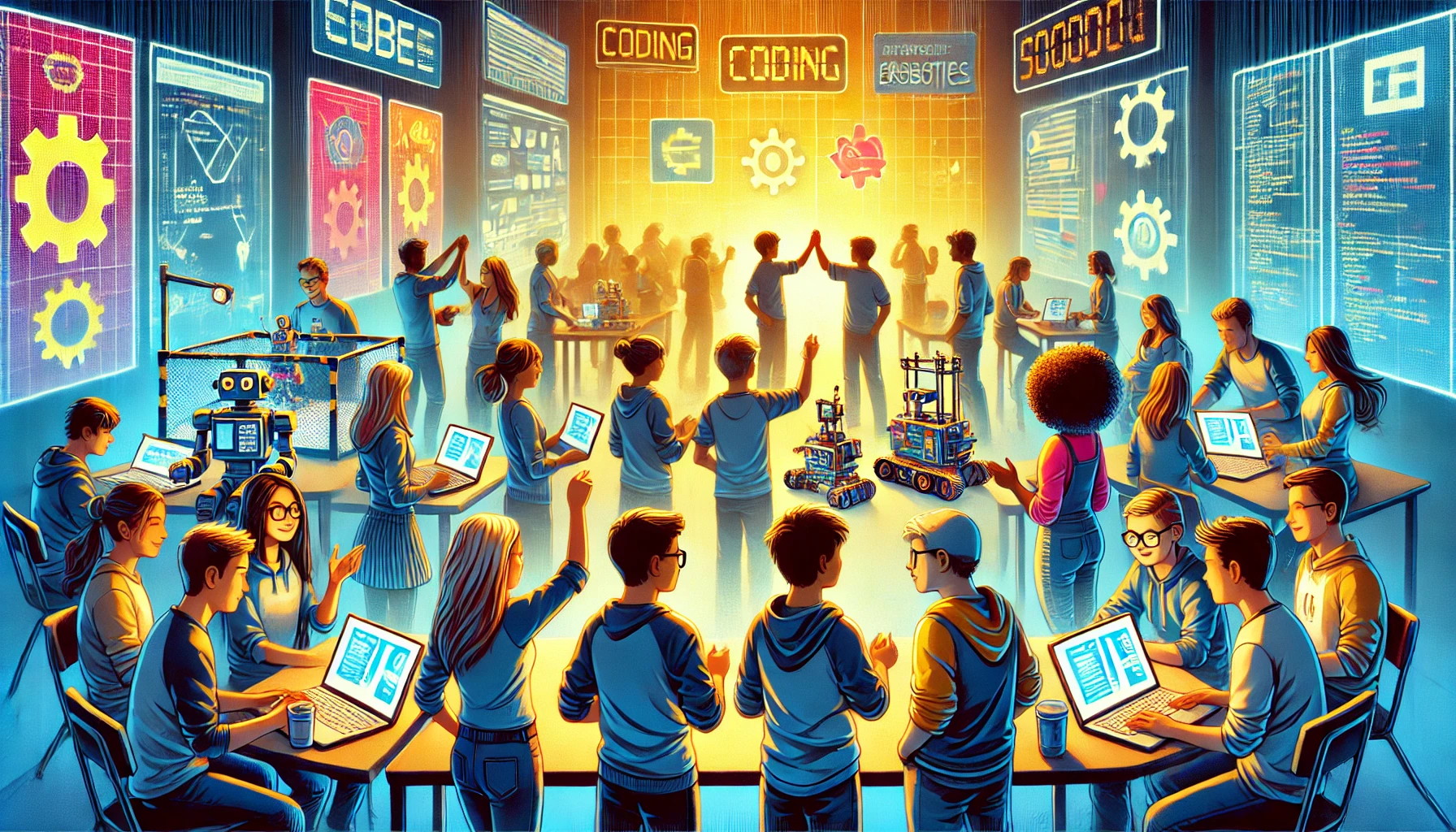Introduction
In today’s technology-driven world, coding has become an essential skill, especially in the field of robotics. Understanding how to code empowers you to bring robots to life, enabling them to perform tasks, make decisions, and interact with their environment. This article explores the connection between robotics and coding, highlighting why learning to code is crucial and how you can get started on your programming journey.
The Intersection of Robotics and Coding
- Brains of the Robot: Coding serves as the instructions that tell a robot what to do.
- Autonomous Functionality: Without code, robots cannot operate independently or respond to their surroundings.
- Innovation and Creativity: Coding allows you to design custom behaviors and functionalities.
Benefits of Learning to Code
Problem-Solving Skills
- Coding challenges you to think logically and systematically.
- Debugging teaches resilience and attention to detail.
Career Opportunities
- High demand for programmers in various industries, including robotics, software development, and artificial intelligence.
- Coding skills are transferable and valuable in numerous fields.
Empowerment
- Ability to create your own applications, games, or robotic functions.
- Understanding technology rather than just consuming it.
Getting Started with Coding
1. Choose a Programming Language
- Python: Beginner-friendly syntax. Widely used in robotics for scripting and automation.
- C/C++: Offers greater control over hardware. Commonly used in embedded systems and microcontrollers.
- Java: Object-oriented programming language. Used in Android app development and some robotics platforms.
2. Utilize Online Resources
Interactive Tutorials
- Codecademy
- Khan Academy
Video Lessons
- Coursera
- Udemy
3. Join Coding Communities
Forums and Groups
- Stack Overflow
- Reddit’s r/learnprogramming
Local Clubs
- School coding clubs
- Community workshops
Applying Coding to Robotics
1. Start with Simple Projects
Arduino Programming
- Use an Arduino board to control LEDs, sensors, and motors.
- Write basic code to perform simple tasks.
LEGO Mindstorms
- Visual programming environment suitable for beginners.
- Build and program robots using drag-and-drop code blocks.
2. Progress to Advanced Projects
Raspberry Pi Robotics
- Build robots with a Raspberry Pi microcomputer.
- Program in Python to control complex functions.
Robotics Competitions
- Participate in events like FIRST Robotics or VEX Robotics.
- Collaborate with peers to design and code competition robots.
Real-World Applications
Autonomous Vehicles
- Coding algorithms for navigation and obstacle avoidance.
Healthcare Robotics
- Programming robots for surgeries or patient assistance.
Agricultural Automation
- Developing code for robots that plant, harvest, or monitor crops.
Tips for Success
- Practice Regularly: Consistency is key to retaining and building upon coding skills.
- Work on Personal Projects: Apply what you’ve learned to projects that interest you.
- Seek Feedback: Collaborate with others and be open to constructive criticism.
- Stay Curious: Technology evolves rapidly; keep learning new languages and tools.
Conclusion
Learning to code is not just about writing lines of code; it’s about unlocking the potential to innovate and create in the field of robotics. As you develop your coding skills, you’ll gain the ability to bring ideas to life, solve complex problems, and contribute to technological advancements. Embrace coding as a vital tool in your journey through robotics and beyond.

